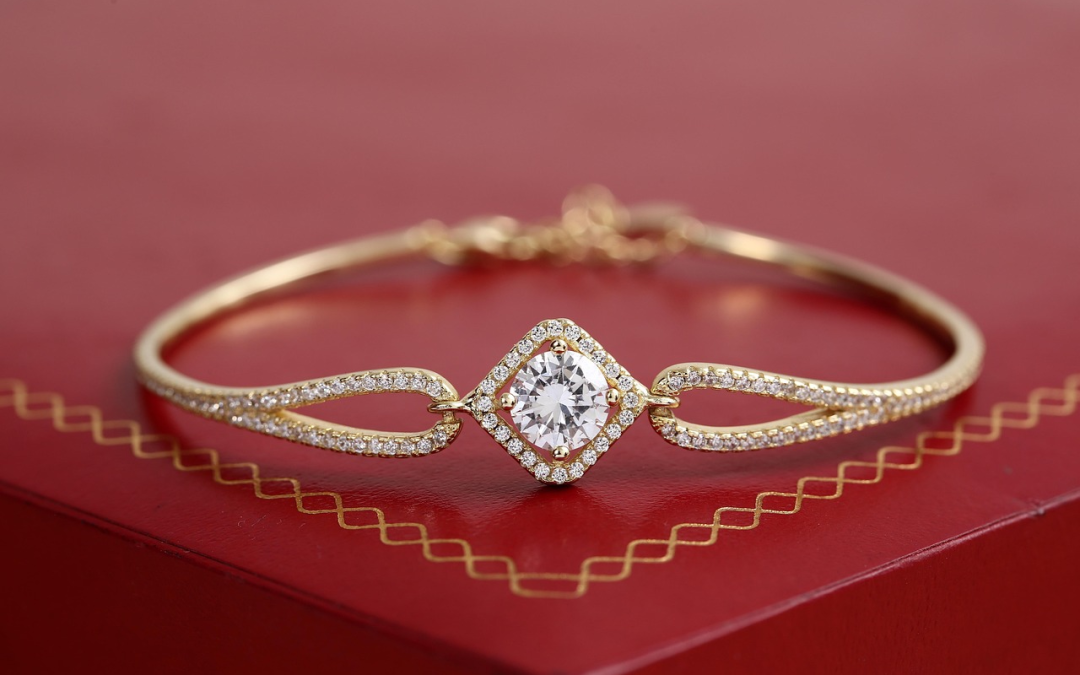When you’re ready to part with your gold jewelry for some extra cash, it’s important to know whether the piece you have is genuine. Westminster is home to many people who treasure their jewelry collections, and when it comes time to sell or pawn, confidence in what you own can make all the difference. The last thing you want is to walk into a shop unsure about the authenticity of your gold. Fortunately, there are several reliable ways to test and verify your jewelry before you ever set foot inside a pawn shop.
Why Authenticity Matters When Pawning Gold
Gold jewelry isn’t just about style. It carries both sentimental and financial value. In Westminster, many families pass down jewelry for generations, while others purchase gold as an investment. Knowing whether your piece is genuine affects:
The amount of money you’ll get when pawning or selling. Real gold fetches a much higher payout than gold-plated or fake metals.
Your confidence in negotiation. When you know your piece is authentic, you’ll walk into a pawn shop with assurance.
Your peace of mind. Having certainty prevents disappointment later.
Check the Hallmarks (Every Piece of Gold Jewelry Has Them)
The first step in determining authenticity is looking for hallmarks or stamps on your jewelry. These tiny engravings can often be found on the clasp of a chain, the inner band of a ring, or the back of an earring.
10K, 14K, 18K, or 24K – These indicate the gold purity in karats.
375, 585, 750, or 999 – These are European markings representing the percentage of gold (37.5%, 58.5%, 75%, or 99.9%).
GP, GEP, or HGE – These stand for “gold plated,” “gold electroplated,” or “heavy gold electroplate,” meaning the item is not solid gold.
If you see karat numbers or percentages, that’s a good sign. If you see plating marks, the piece has a much lower value.
Use the Magnet Test On Your Gold
One of the easiest ways to test gold at home is by using a strong magnet. Real gold is not magnetic.
Hold your piece of jewelry close to a magnet.
If it clings strongly, it’s likely fake or only gold-plated.
If there’s no pull at all, it’s a good indicator that the jewelry is authentic.
Keep in mind: some base metals that are non-magnetic could still fool this test, so don’t rely on it alone.
Jewelers Trust the Density Test
Gold is a dense metal, much heavier than most alloys. You can test this by doing a simple water displacement test at home.
Steps:
- Fill a small measuring cup with water and record the level.
- Gently drop your jewelry piece into the water.
- Record the new water level and subtract the original. This tells you the volume displaced.
- Weigh your jewelry on a digital scale.
- Divide the weight by the volume.
Pure gold has a density of about 19.3 grams per cubic centimeter. If your result is much lower, the piece likely has other metals mixed in.
Check for Wear and Tear On Your Gold Jewelry
Over time, fake gold tends to reveal itself. Look closely at areas where the jewelry rubs against skin or clothing, like ring edges or chain clasps.
Signs it may not be real:
Fading color showing silver or copper underneath.
Chipped plating on corners.
Real gold, on the other hand, maintains its shine and doesn’t flake or peel.
Get a Professional Appraisal at Your Westminster Pawn Shop
If you’re still unsure, the safest option is to bring your jewelry to a professional appraiser in Westminster before pawning.
A pawn shop expert can:
- Test your jewelry with advanced equipment.
- Provide an official written appraisal.
- Help you understand both the purity and resale value.
While this may cost a small fee, the peace of mind is worth it, especially for high-value items like engagement rings or family heirlooms.
Common Myths About Real Gold
When it comes to testing gold, there are plenty of myths out there. Let’s clear a few up:
“If it’s heavy, it’s gold.” Not always! Some metals like tungsten are also heavy.
“If it’s old, it must be real.” Many vintage pieces are plated or imitation.
“Biting it proves authenticity.” While old-time prospectors bit coins to check softness, this isn’t reliable for jewelry and can damage your teeth.
Preparing to Pawn Your Gold Jewelry For Pawning in Westminster
Once you’ve confirmed your jewelry is real, you’ll want to prepare it before visiting a local pawn shop.
Clean it carefully. Use mild soap and warm water to restore shine.
Gather documentation. If you have receipts, appraisals, or certificates, bring them along.
Know the market price. Check the current gold rate so you’re not caught off guard.
Decide whether to pawn or sell. Pawning lets you reclaim your jewelry later, while selling is final.
By taking these steps, you’ll walk into any Westminster pawn shop feeling confident and prepared.
Final Thoughts
Authenticity is everything when it comes to gold jewelry. From hallmarks and magnet tests to density checks and professional appraisals, there are plenty of ways to know whether your jewelry is real before pawning it in Westminster.
By following this guide, you can protect yourself from undervaluation, negotiate with confidence, and walk away knowing you made the smartest decision possible.
Turn Your Gold Jewelry Into Fast Cash at Westminster Mega Pawn!
Once you’ve confirmed your jewelry is real, bring it to Westminster Mega Pawn for a quick, secure, and fair cash offer. Our experienced team specializes in evaluating gold jewelry of all types, from rings and chains to bracelets and heirloom pieces. Whether you want to sell outright or pawn for a short-term loan, we’ll make the process simple and transparent. Visit Westminster Mega Pawn today or call 714-893-0555 and see how much your gold is really worth.

